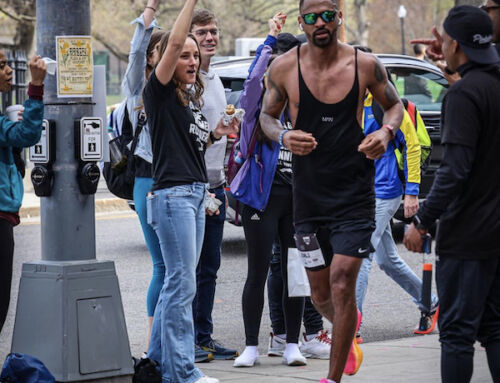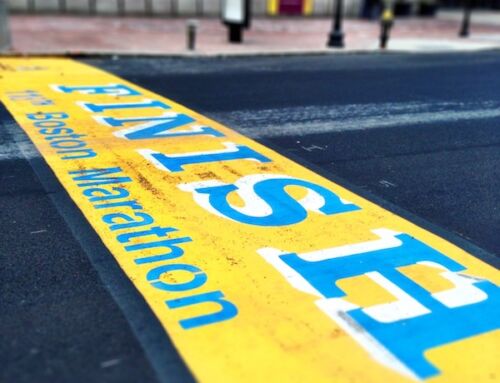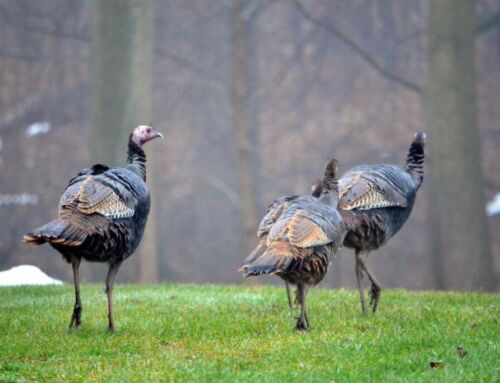If you’ve driven a car, or have been driven in a car, in the neighborhood I’m sure you’ve cursed or grabbed tightly to your “Oh Jesus” handle while travelling through Kosciuszko Circle. Interesting fact – the circle is actually a historic place. Seriously. The rotary, as part of the Old Harbor Reservation Parkway (designed by Frederick Law Olmsted) and built in 1927, was added to the National Registry of Historic Places in 2008. So Columbia Road from Kosciuszko Circle to Farragut Road, Old Colony Avenue between Pacuska Circle and its intersection with Columbia Road, and William J. Day Boulevard is considered historic. Allow me a moment — hahahahaha.
But who was this Kosciuszko? Ah, that is subject of this week’s Neighborhood History Lesson! Tadeusz (or the Americanized Thaddeus) Kosciuszko was born in 1746, the son of a Polish-Lithuanian noble. His paternal family was Lithuanian and, interestingly, his birthplace is actually no longer in the boundaries of Poland but in modern-day Belarus. He attended the Royal Military Academy in Warsaw and continued his martial training in France, concentrating in artillery and engineering.
Kosciuszko arrived in Philadelphia in 1776 to join the Americans during the Revolution and the Continental Congress appointed him a Colonel of Engineers. Kosciuszko’s fortifications contributed to an American victory at Saratoga in 1777. In 1778, General George Washington commissioned Kosciuszko to build the military fortifications at West Point, an important defensive position on the Hudson River in New York State. Considered impenetrable, the site eventually became the site of the U.S. Military Academy. By war’s end, Kosciuszko was made a Brigadier General and received U.S. citizenship.
Kosciuszko returned to Poland, where his military leadership would be called upon again in conflicts with Russia and Prussia. Poland eventually was defeated and ceased to exist as an independent nation. Kosciuszko, badly wounded in a 1794 battle, was imprisoned in St. Petersburg, Russia.
In 1796, following the death of Empress Catherine the Great, her son and successor, Czar Paul I, granted amnesty to Kosciuszko. In exchange for his freedom Kosciuszko had to swear to never return to Poland, and he came back to Philadelphia in August of 1797. Kosciuszko became a close friend of Thomas Jefferson, who described him as a “pure son of liberty.”
Even though Kosciuszko remained in the United States for less than a year before returning to Europe, his correspondence with Jefferson continued for over 20 years, until Kosciuszko’s death in Switzerland in 1817. He was 72 when he died and is buried in Wawel Castle, in Krakow, Poland, among the tombs of the Polish Kings.
Kosciuszko was a firm believer of equality and in his will, written in 1798, he requested that his American assets be spent on freeing American slaves and then educating them after freedom. Tadeusz Kosciuszko: a good man in the 18th and 19th centuries and a good man today. He should have something better named for him in Boston than that dangerous, yet historic(!) rotary! Maybe if the Seaport neighborhood ever gets a library we should name it after Tadeusz Kosciuszko!
Lower End homeowner since 2005. Mom of three BPS kids. Friend to all except those who don’t clean up after their dogs and/or who put their trash out in kitchen bags (seriously, people, it’s not that hard to use a barrel). Queen of the Nerds (okay that one is only in my dreams).




Perhaps your best work.
Did he marry an American girl?
Any decedents?
Love this piece; I learned so much! Sad we can’t be friends as my terrible Southie condo doesn’t have room for a garbage can… no alley, no sidewalk space, nothing. Take mercy on the loose baggers… some of us don’t have a choice 😭